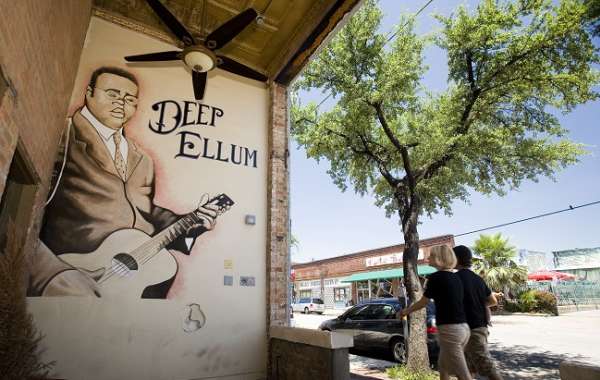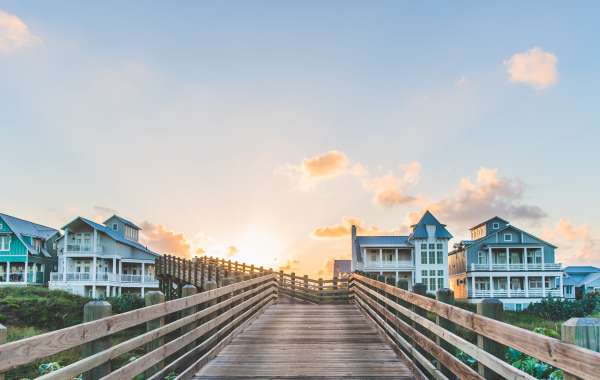Texas has held fast to its vibrant Hispanic heritage and traditions. From food to art and entertainment, much of Texas’ Hispanic legacy is practiced and preserved across the state.
In San Antonio, there are numerous opportunities to immerse yourself in history and culture. To see how tradition and heritage are appreciated today, check out the many historical sites around town, and be sure to visit the various art institutions that play host to local talent and events. Visit San Antonio for the ultimate adventure into Texas history and heritage.
El Mercado
Step into tradition and culture when you enter El Mercado (Historic Market Square). Wander the walkways decorated with papel picado and shopping stalls filled with both traditional and contemporary Mexican crafts, cookery and clothing. Alongside classic ingredients like dried chilies, you’ll find cookware such as molcajetes, a mortar and pestle tool made of volcanic rock used for grinding spices. Additionally, discover the work of many San Antonio artists making Latinx culture and history a focal point at the nearby Texas A&M University San Antonio Educational & Cultural Arts Center.
An infusion of influence and culture has always been a part of Texas history and the El Mercado is no exception. In the 1890s, the market relocated to make room for new settlers coming from Europe, the middle East, and Asia— each adding a little of their own culture to the Mexican culture to the Mexican market. It was during this period that Mexican women selling their mesquite-fired delicacies were dubbed the “Chili Queen,” and this tradition lives on today. Enliven your taste buds with the exceptional street food, including gorditas, elotes and aguas frescas
Mexican Cultural Institute (Instituto Cultural de México)
Originally founded in 1958 and located at the heart of Hemisfair Park in San Antonio, the Instituto Cultural de México hosts a variety of events, exhibits, and performances in San Antonio. Immerse yourself in rich Mexican art and traditions in any of its three galleries, the multi-purpose room, or the auditorium. This landmark is a must-see for anyone interested in the deep and ongoing influence Mexican culture has had on San Antonio.
Trabajo Rústico
If you’re looking at cement and thinking it looks a lot like wood, then you’re probably viewing architecture using trabajo rústico or faux bois method. Artist such as Dionicio Rodriguez and Maximo Cortes used this technique to craft bridges, benches, and fences. The San Antonio Museum of Art, The Japanese Tea Garden and the Spanish Governor’s Palace host a variety of these styled structures. Artists, including Cortes’ grandson Carlos, continue to maintain the trabajo rústico technique today, enriching the area with history and tradition..
The Guadalupe Cultural Arts Center
Founded by a group of Chicano artists to preserve and promote Chicano, Latinx, and Native American culture, The Guadalupe Cultural Arts Center offers art and theater classes, concerts, and performing arts events. Stroll the galleries of the GCAC to view works by local artists, or plan a trip to attend the annual international Latinx film festival.
Make the most of your visit and check out the other historical sites near the GCAC. Check out the MujerArtes art cooperative, and then top you’re your art-filled day by viewing"En Aquellos Tiempo: Fotohistorias del Westside," a street installation showcasing history through images from the 1900s to the 1950s.
The Founders Monument
Learn about the original communities tha founded San Antonio by visiting The Founders Monument. Located in front of the Bexar County Courthouse, you’ll find four figures representing each of the founding communities including American Indians, Franciscan friars, Presidio soldiers, and Canary Islanders. Made by Laredo artist Armando Hinojosa, these figures mark the historic spot where Canary Islanders ended their 5,000-mile journey and where members of different cultural communities worked together to form this amazing city.
The History Continues
San Antonio’s rich history is deeply rooted in its centuries-old Hispanic heritage that dates back hundreds of years. Plan a road trip to this wonderful city and lose track of time in amazing San Antonio museums and the many historical places. For those who love to learn about culture, then and now, there’s no better place than San Antonio.















